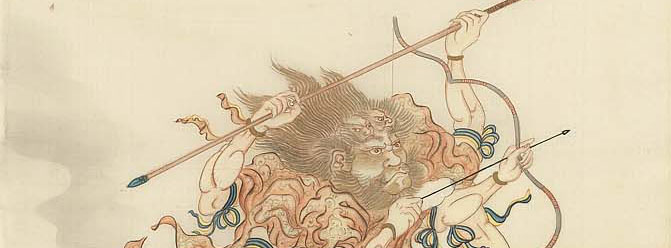Shinkage Heihō
I maintain a practice of kenjutsu centered around the teachings of Shinkage-ryū passed down at the Hōbyōkan, especially Jiki Shinkage-ryū heihō kenjutsu.
I began studying at the Hōbyōkan in 2008 under Dr. David Hall, who trained under Namiki Yasushi and Itō Masayuki in Tokyo. In 2016 I moved to Seattle, where I continued my practice first through solo training and then through freestyle exchange with other arts.
In 2018 I received a Hōbyōkan chuden license associated to my practice of Jiki Shinkage-ryū. Shortly thereafter, I began working with a small group in traditional kata practice at Lonin League in Seattle. Now Tōsha Dojo is led by two of my senior students, who I continue to mentor.
I now use the name Shinkage Heihō [
